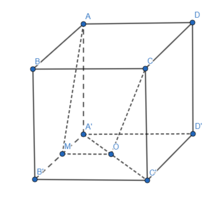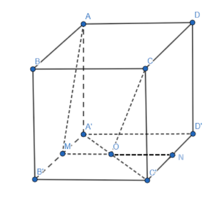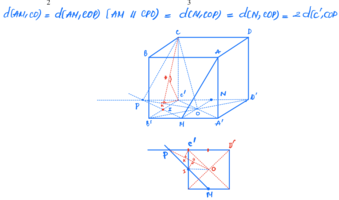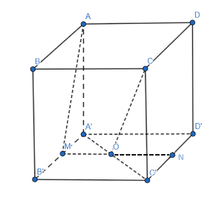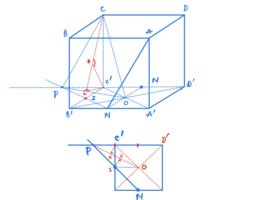A square-based right prism ABCD.A'B'C'D' has its lateral edges with a length of 2a. Let M and O be the midpoints of A'B' and A'C' respectively. Given that the distance between AM and CO is 4a/9, what is the volume of the prism ABD.A'B'D'?
I drew the square-based right prism with all the information given. But I am stuck at this because I have no idea how to find the shared perpendicular line between AM and CO and I also don't know which plane should i put one of the two lines into it and simplify the math problem from distance between two lines to distance from a point of this line to the plane that is parallel to the line contains the other line.
I drew the square-based right prism with all the information given. But I am stuck at this because I have no idea how to find the shared perpendicular line between AM and CO and I also don't know which plane should i put one of the two lines into it and simplify the math problem from distance between two lines to distance from a point of this line to the plane that is parallel to the line contains the other line.

